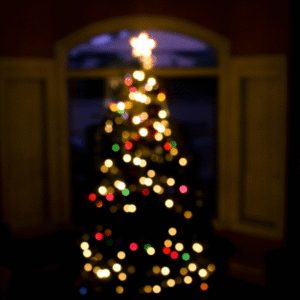Phereoeca uterella (Household Casebearer or Plaster Bagworm) – Accurate Information
Phereoeca uterella is a species of moth in the Tineidae family, commonly referred to as the plaster bagworm or household casebearer. The larvae of this moth are known for creating protective cases made from silk and debris such as dust, sand, and other materials they encounter in their environment. These larvae are often found in warm, humid areas, including parts of the United States, such as Florida, Texas, and Louisiana.

Key Points About Phereoeca uterella:
-
Habitat and Behavior:
-
The larvae are often found in human dwellings, particularly in areas like attics, basements, and garages.
-
They are typically seen near spider webs, as they feed on the webs as well as natural fibers such as wool, silk, hair, and other organic matter in the home.
-
-
Impact on Humans:
-
There is no evidence to suggest that Phereoeca uterella larvae can bite, sting, or cause bruising or itching in humans.
-
While some caterpillars and moths have hairs or spines that can irritate the skin, Phereoeca uterella is not one of these species.
-
-
Lifecycle:
-
The larvae live inside protective cases made from silk and debris, which they carry around.
-
These larvae undergo metamorphosis inside their cases before becoming adult moths.
-
The adult moth is relatively small and inconspicuous.
-
-
Prevention and Management:
-
To manage household casebearers, it is recommended to regularly clean and vacuum areas where debris and spider webs accumulate.
-
If you encounter the larvae or their cases, you can remove them manually.
-
Insecticides may be used in extreme infestations, but it’s important to consult a pest control professional for advice on safe and effective methods.
-

Phereoeca uterella, also known as the plaster bagworm or household casebearer, is a moth species commonly found in homes, but they do not pose a direct threat to human health. They do not bite or sting, and the irritation sometimes attributed to them is likely a misunderstanding. They are more of a nuisance due to their feeding habits on natural fibers and debris.
For more information or concerns regarding these moths, it’s recommended to consult pest control professionals.




